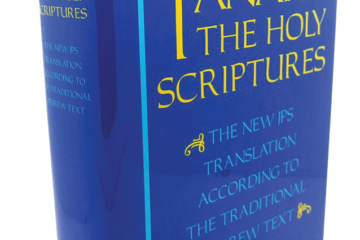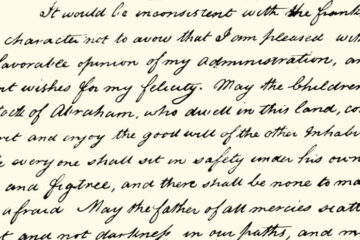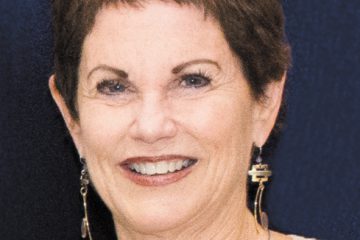Strengthening our Jewish identity: our most potent weapon
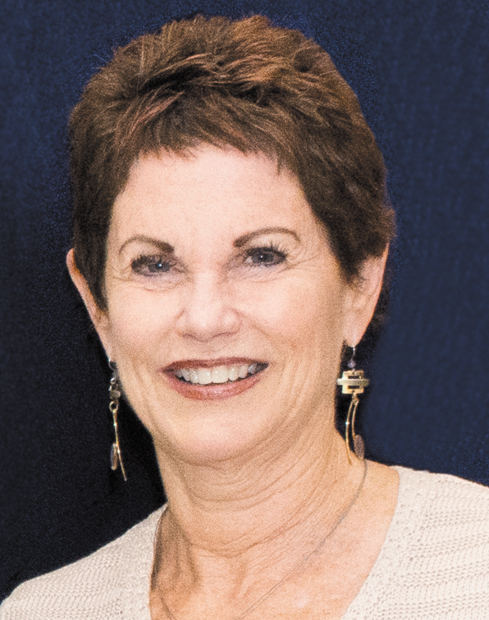
By Rabbi Judy Chessin, Temple Beth Or
Miami Valley rabbis share thoughts on unprecedented U.S. antisemitism
There is no doubt that the steady increase of antisemitic attacks in our nation is frightening. Of course, antisemitism is nothing new for Jews. Those of us in our advanced years remember Nazi Germany’s near genocide of our people in Europe in the late ‘30s and early ‘40s. Baby Boomers recall the ‘60s and ‘70s when surrounding enemy nations sought to wipe the fledgling Jewish state off the map. Gen Xers may remember the flight of Jews from the former Soviet Union and Africa to find refuge on these shores and in Israel. But few of us ever thought it would happen here. We believed that America was different; it could never happen here.
But we were wrong. Antisemitism is a virus that mutates and spreads, an infection which, while sometimes dormant, is always beneath the surface of society. The proper conditions and the failure of a society’s immune system enable it to flare up, precisely as we see today. In a frightfully divided nation, Jew-hatred has awakened on both the far right and the far left sectors of our society. On the far right, white supremacists seek to rid the country of all those who go against their definition of white America — which includes the Jews. On the far left, Jews are too white, gentrified oppressors, colonialists who oppress Palestinians abroad and manipulate politics, media, and the economy here.
Even as antisemitism is nothing new for our people, so also is fear. An adage from Reb Nachman of Bratslav is a familiar Jewish summer camp folk song: “Kol Haolam Kulo, Gesher Tzar M’eod. The entire world is a very narrow bridge.”
It is somewhat ironic to hear our teens sing this song at camp, for they have not had to confront the fear of previous generations of Jews. They have only known relative tolerance and acceptance as American Jews. They have always lived with a secure and well-defended Israel. Perhaps that is why we’ve been singing this song incorrectly all these past decades. We sing, “V’haikkar lo l’fached clal. The world is a narrow bridge, and the essence of the matter is do not be afraid.”
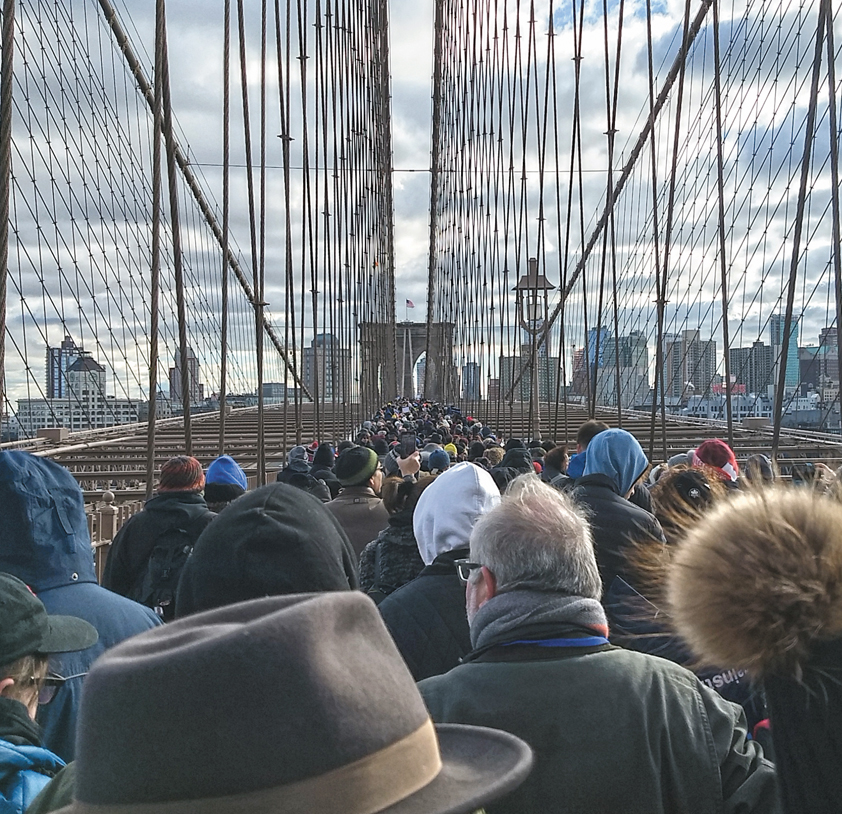
Reb Nachman lived in tumultuous times and was no stranger to fear. As such, he didn’t actually instruct, “lo l’fached – don’t be afraid,” but rather “lo yitpacheid” — the reflexive form of the verb which means, “don’t surrender to fear, don’t freeze up or become immobilized because of terror.” The essence of the matter, to Reb Nachman, is not to surrender to our fear of the hatred.
As such, the most critical way to fight hatred of the Jews is to fill the world with love of Judaism. Last month’s No Hate. No Fear. solidarity march in Brooklyn featured countless inspiring speeches encouraging us to embrace our Jewish identity as an antidote to antisemitism, to drop the oy and embrace the joy of being a Jew.
As Bari Weiss, author of How to Fight Anti-Semitism, framed it: “I am not a Jew because people hate my religion, my people, my civilization. Nor for a single moment does Jew-hatred…make me a Jew.”
Instead, she models her Jewish identity on the audacity of Abraham, the loyalty of Ruth, the grit of Esther, the resistance of the Maccabees. Her Judaism is inspired by the commitment to justice ingrained in a people who have been exiled, enslaved, and persecuted, and in the reality that “evil hates my people.” Weiss concludes, “The Jewish people were not put on earth to be anti-anti-Semites. We were put on earth to be Jews…We are the ever-dying people that refuse to die. The people of Israel lives now and forever.”
And so while cultivating and strengthening our Jewish identity may not seem like the obvious way to defeat antisemitism, it is actually our most potent weapon to combat the fear which impairs our ability to raise educated, proud and joyful Jews in the next generation. May our children live to see the prophetic day when they “…sit under the vine and fig tree, and none will make them afraid (Micah 4:4).”
To read the complete February 2020 Dayton Jewish Observer, click here.


